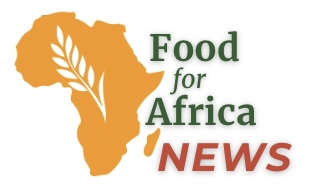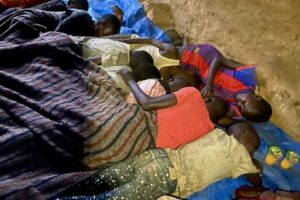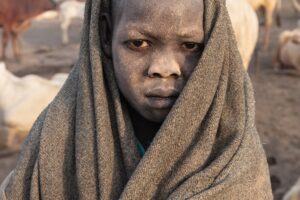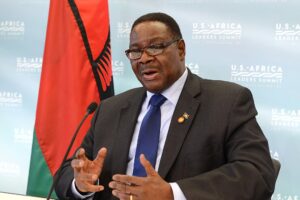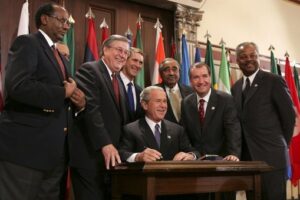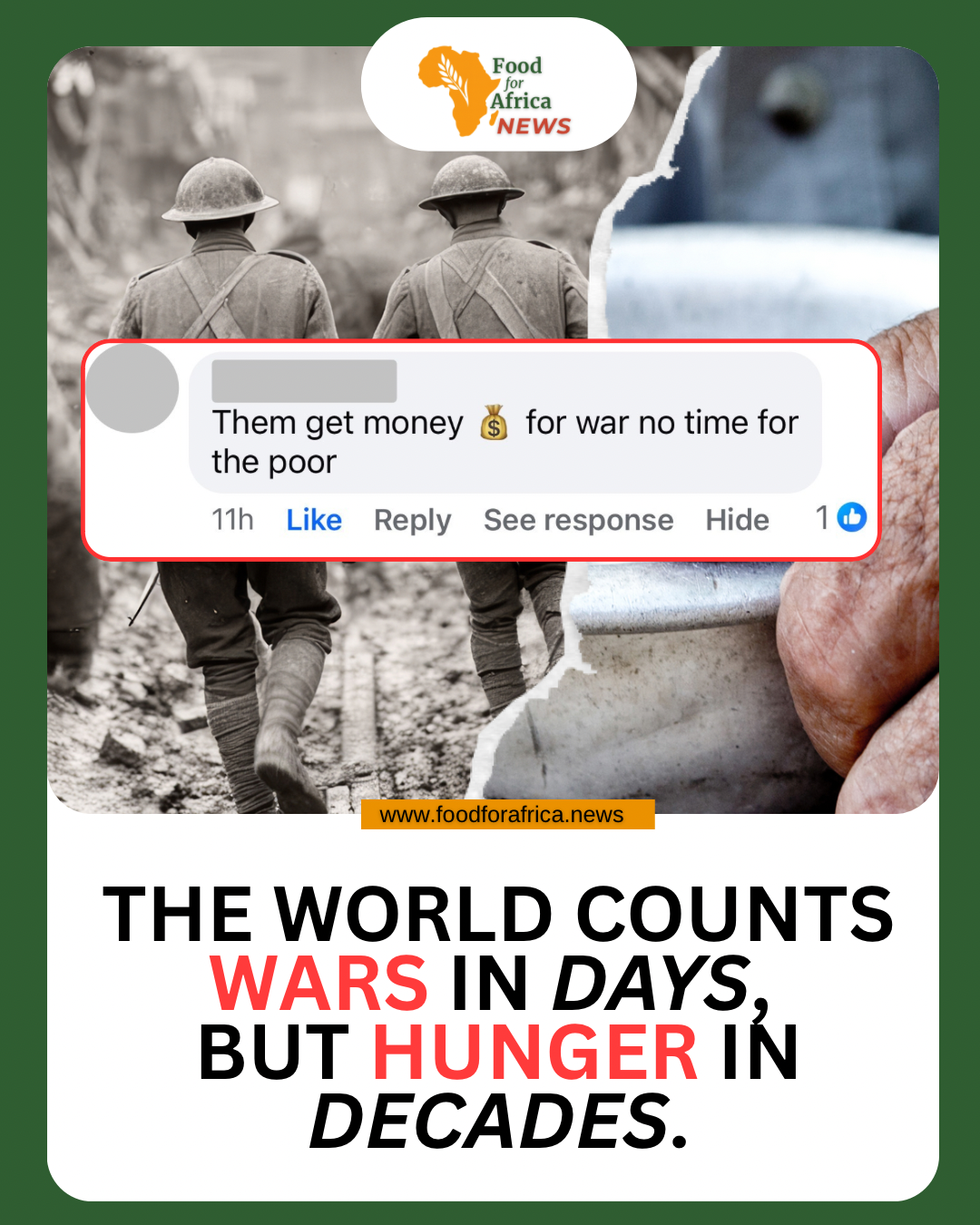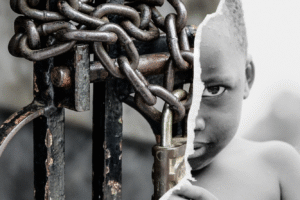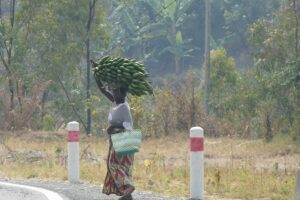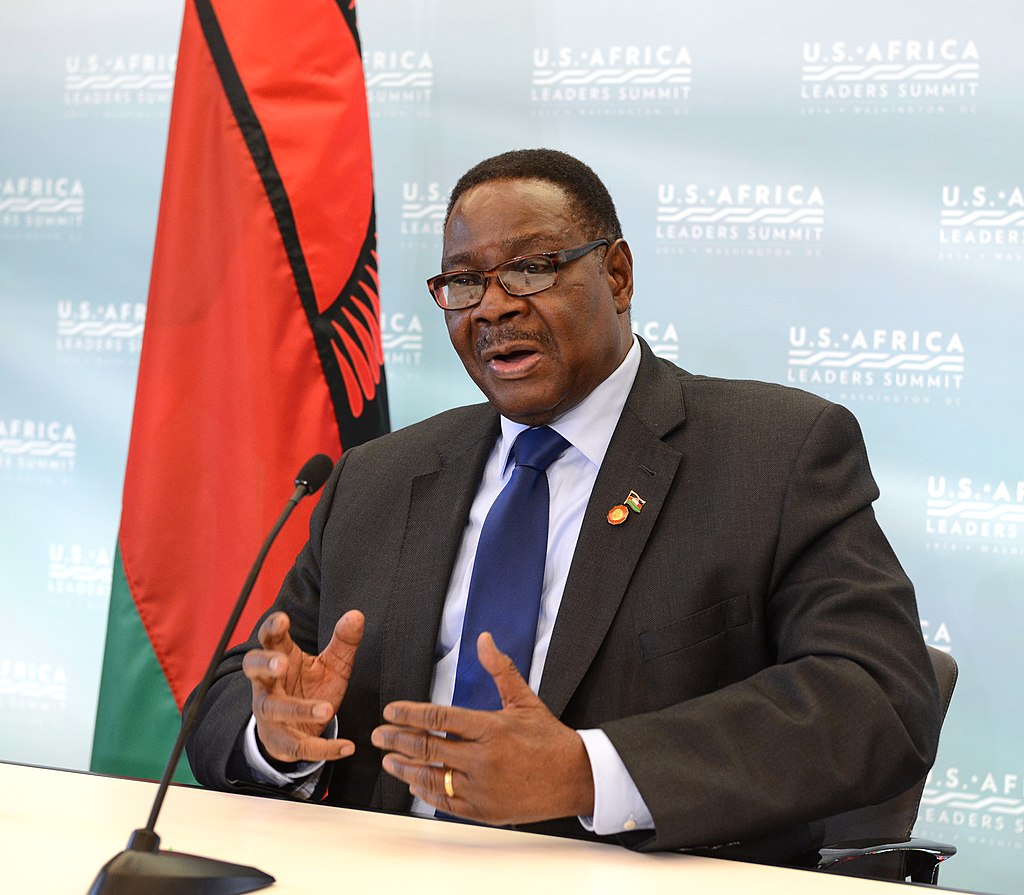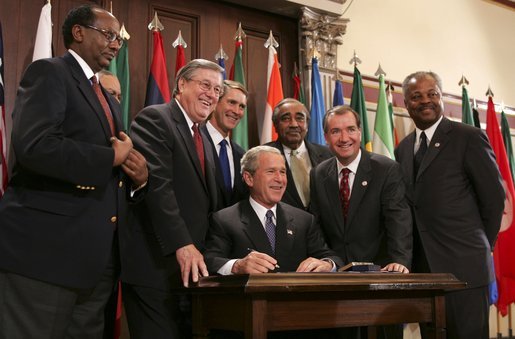Africa needs 50 billion dollars each year to close the gap in safe water and sanitation. Without it, Sub-Saharan Africa loses between 170 and 200 billion dollars annually. The losses come from sickness, lost work hours, and weak systems that leave families without clean water.
The World Health Organization has said that every dollar spent on water and sanitation brings back between four and seven dollars in value. By that measure, an investment of 50 billion could return as much as 350 billion dollars each year. But the math is not this simple. There are many more factors to consider. Fewer child deaths or more years of schooling do not show up as profit in a ledger. Much of the return is indirect. It comes through stronger workforces, higher productivity, and steadier markets. Yet those are the same markets where investors sell goods, build factories, and hire labor. The payoff is not in water bills alone, but in economies that are healthier and consumers who can buy.
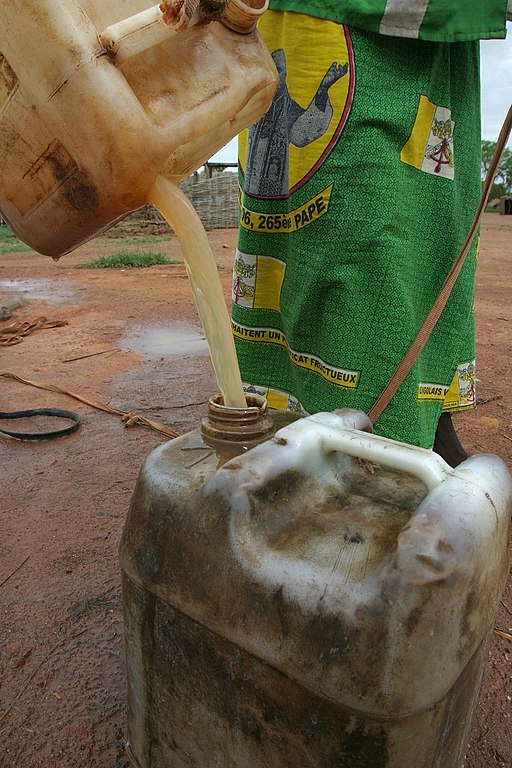
The human cost makes the numbers clear. Unsafe water and poor sanitation are linked to more than one million deaths each year, including over 273,000 children under the age of five. In Nigeria alone, diarrhea kills more than 120,000 people annually. Nearly 90 percent of those deaths are caused by contaminated water or lack of sanitation. Hospitals across Sub-Saharan Africa face millions of infections tied to weak hygiene. The price is high, up to 3 percent of national GDP in some countries.
Still, the history is less clean. Across the continent, wells have been drilled and abandoned. Pipes have been laid but never maintained. This has led many to doubt whether large new investments will last. But there are signs of change. Ghana’s solar-powered systems avoid fuel costs and create local tariffs that fund upkeep. Uganda’s 75 million dollar Gulu project expanded capacity from 4 million to 10 million litres per day. It includes money for maintenance and now supports nearly half a million people. These new systems are shaped by the failures of the past and designed to stay in service.
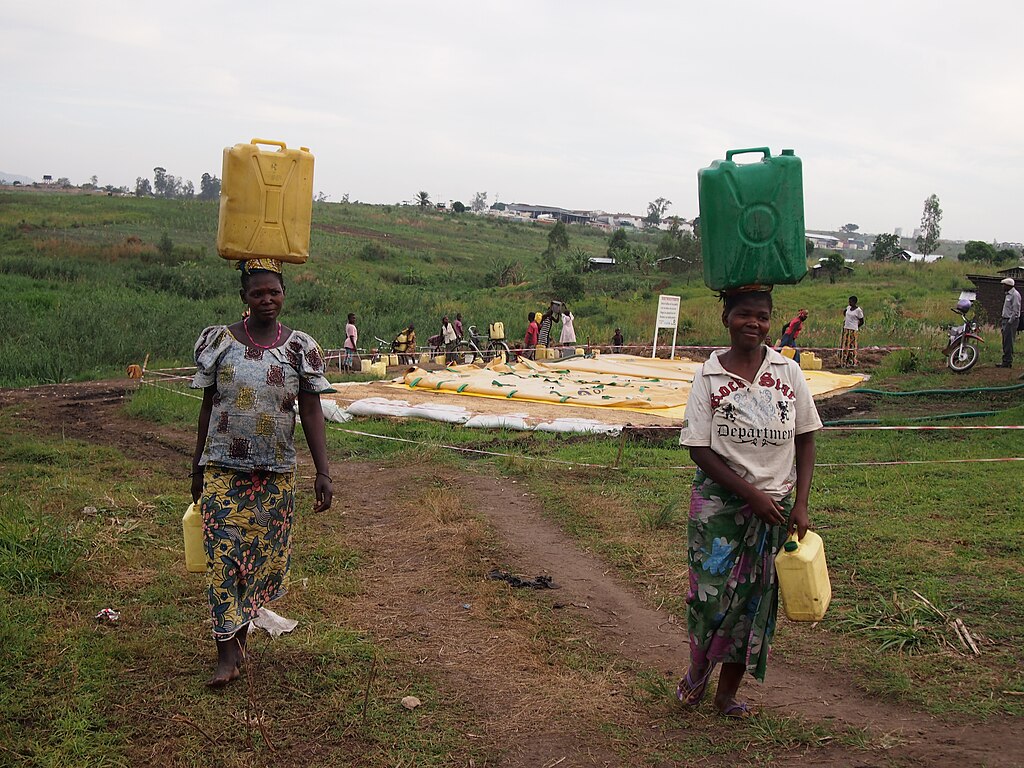
For families, the effect is not only in illness but in hours lost. In rural Ethiopia, as well as other places in Africa, young girls walk long distances each day to collect water from unsafe wells. These hours take them out of classrooms and away from work. Multiply that by millions, and the impact is felt across Africa’s economy.
Photo attribution: © Pierre Holtz – UNICEF, hdptcar from Bangui, Central African Republic, CC BY-SA 2.0 https://creativecommons.org/licenses/by-sa/2.0, via Wikimedia Commons
There is also the question of who should provide the funds. Many say Africa must rely on its own governments first. And that is happening. The African Union has called for 50 billion dollars a year in investment, and pledges are already in the billions. But domestic money alone is not enough to close the gap quickly. Private capital can speed up the process and work alongside public programs. Public-private projects already show results, from the Upper Tana-Nairobi Water Fund in Kenya to groundwater programs in Ethiopia supported by the World Bank.
The Upper Tana fund put in 10 million dollars for watershed protection and infrastructure. It produced cleaner, more reliable water for more than half a million people and created 21.5 million dollars in economic benefits, from lower treatment costs to fewer supply interruptions. In Ethiopia, groundwater projects already serve 24,000 people and aim for nearly a million. Each effort is small compared to the overall need, but each is a model that can be repeated and scaled.
Of course, it is not Elon Musk’s duty alone. His name only shows the scale of what is possible. The larger point is that one person, or even a small group of people, could step in and change life for millions. But should it fall to private wealth, or should governments be the ones to act first? The African Union has already called for 50 billion dollars a year, yet the pledges remain far below that. The question is not if the money exists but how it can be gathered, and if and when it can, how it will be directed properly.
Better water means healthier workers, more children in school, and farmers who can grow more food. It is both a humanitarian necessity and one of the strongest business opportunities of this century. Africa is rising. The investment is waiting. The return is immense.
Anyone who wants to learn more and access detailed research and plans, as well as those with ideas or experience to contribute, are invited to contact press@foodforafrica.news.
Sources
African Union. Africa Water Investment Summit 2025. AU official site.
https://au.int/en/newsevents/20250813/africa-water-investment-summit-2025
APA News. Africa must invest 30 billion dollars yearly in water and sanitation.
https://apanews.net/africa-must-invest-30b-yearly-in-water-sanitation-au
African Union Press Release. Africa Water Investment Summit welcomes 10 to 12 billion dollars in preliminary pledges.
https://au.int/en/pressreleases/20250826/africa-water-investment-summit-welcomes-usd-10-12-billion-preliminary-annual
World Health Organization and UN Water. Report on the return of investment in WASH. International Institute for Sustainable Development.
https://sdg.iisd.org/news/who-un-water-report-finds-investing-us1-in-wash-delivers-us4-3-return
United Nations. Every dollar invested in water and sanitation brings a fourfold return.
https://www.un.org/sustainabledevelopment/blog/2014/11/every-dollar-invested-water-sanitation-brings-four-fold-return-costs-un
Trachoma Coalition. The economics of WASH and health.
https://www.trachomacoalition.org/news-blogs/economics-wash-and-health-case-comprehensive-investment
McGinnis, S. et al. Systematic review of WASH economics. National Center for Biotechnology Information.
https://pmc.ncbi.nlm.nih.gov/articles/PMC5409642
Essity. Hygiene and Health Report 2020–21.
https://reports.essity.com/2020-21/hygiene-and-health-report/en/hygiene-and-health-saves-and-improves-lives/the-added-value-of-investing-in-hygiene-and-health.html
ArXiv. Tracking progress towards SDG 6 using satellite imagery.
https://arxiv.org/abs/2411.19093
ArXiv. Digitalising the water sector.
https://arxiv.org/abs/2108.09746
Wikipedia. Water supply and sanitation in Sub-Saharan Africa.
https://en.wikipedia.org/wiki/Water_supply_and_sanitation_in_sub-Saharan_Africa
African Ministers’ Council on Water. Mind the Gap campaign.
https://aipwater.org/mind-the-gap
The Nature Conservancy. Upper Tana-Nairobi Water Fund Business Case.
https://www.nature.org/content/dam/tnc/nature/en/documents/Nairobi-Water-Fund-Business-Case_FINAL.pdf
World Bank. Strengthening water resilience in Ethiopia’s rural communities.
https://www.worldbank.org/en/news/feature/2025/05/22/strengthening-water-resilience-in-ethiopia-s-rural-communities-afe
Wikipedia. Gulu Water Supply and Sanitation Project.
https://en.wikipedia.org/wiki/Gulu_Water_Supply_and_Sanitation_Project
ESI Africa. Ghana solar-powered water projects to tackle shortages and drought.
https://www.esi-africa.com/industry-sectors/water/ghana-solar-powered-water-projects-to-tackle-shortages-drought
Featured photo attribution: Gage Skidmore from Surprise, AZ, United States of America, CC BY-SA 2.0 https://creativecommons.org/licenses/by-sa/2.0, via Wikimedia Commons
